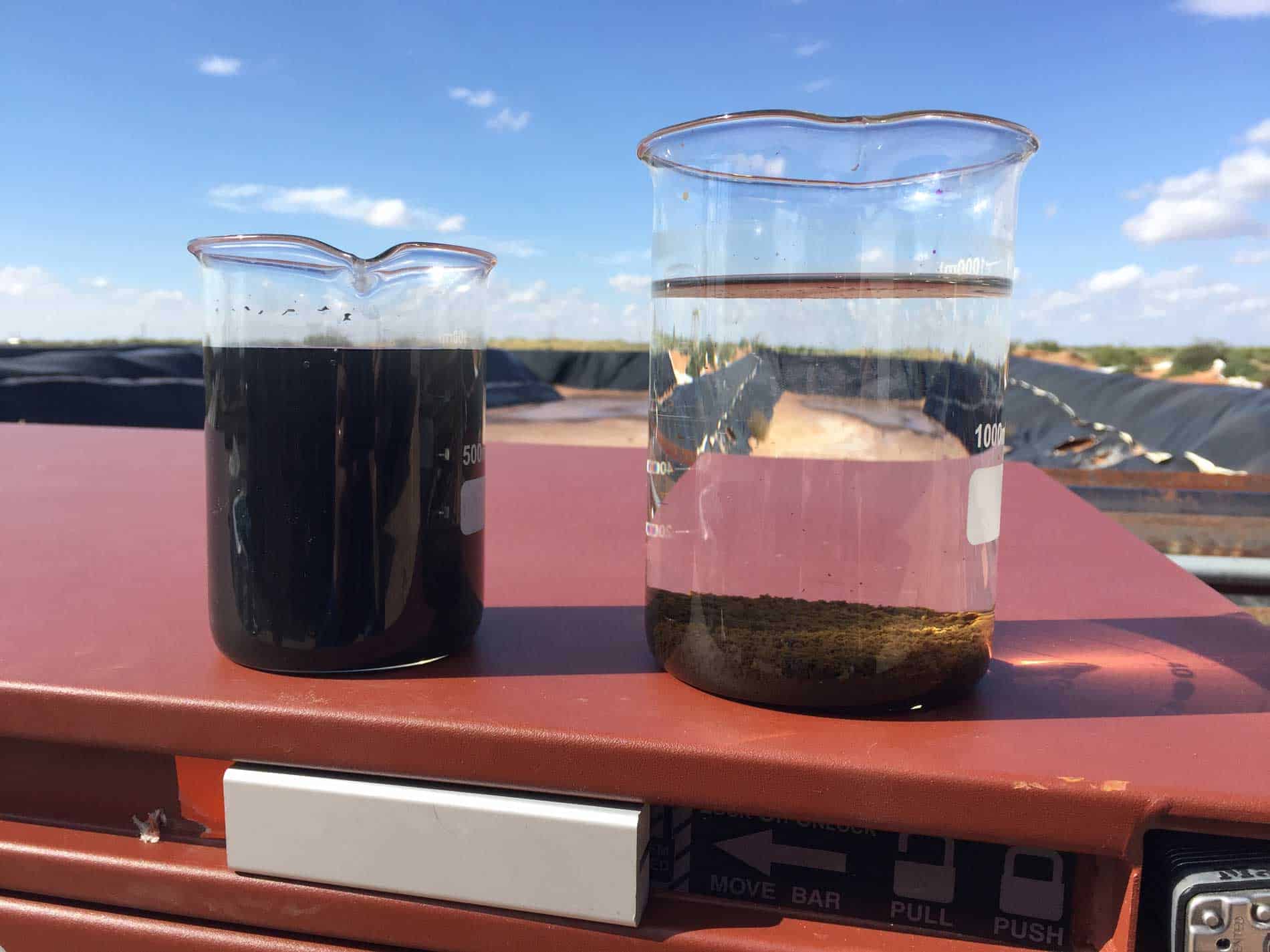UOP 938 Carbon Dioxide Content in Produced Water Test
The UOP 938 method is a widely recognized procedure used to determine the carbon dioxide (CO2) content in produced water from oil and gas operations. This test is crucial for environmental compliance, process optimization, and safety management in the oil & gas sector.
The produced water generated during oil extraction contains various dissolved gases including CO2. Accurate measurement of CO2 content helps operators understand the composition of the water stream, which is critical for downstream processing, waste disposal, and environmental impact assessment. This test ensures that the water meets regulatory standards set by agencies such as the Environmental Protection Agency (EPA) in the U.S.
The procedure involves several steps: sampling, sample preparation, gas extraction, and analysis using a gas chromatograph equipped with an electron capture detector (GC/ECD). The method is described in detail in ISO standards. It provides precise quantification of CO2, which aids in making informed decisions regarding water management.
Sampling produced water for this test requires careful handling to avoid contamination and ensure accurate results. Proper sample preparation is critical, involving the use of degassing techniques to remove volatile components before analysis. The gas chromatograph used for CO2 quantification is calibrated using certified reference materials to ensure accuracy.
The UOP 938 method is robust and reliable, offering consistent results across different samples. Compliance with this standard ensures that the data generated can be trusted and accepted by regulatory bodies. The test also helps in identifying potential issues such as CO2 overloading, which could lead to scaling or corrosion in processing equipment.
In summary, the UOP 938 method is an essential tool for monitoring CO2 content in produced water. It supports environmental stewardship and operational efficiency by providing accurate data needed for regulatory compliance and process optimization.
- Sampling: Proper collection of representative samples from the production site.
- Safety: Use of appropriate personal protective equipment during sampling and analysis.
Benefits
The UOP 938 test offers numerous benefits to operators and regulatory bodies. By accurately measuring CO2 content in produced water, it supports sustainable practices and reduces environmental impact. It aids in optimizing production processes by identifying areas where inefficiencies can be addressed. Additionally, the results help ensure compliance with local and international regulations.
Accurate CO2 measurement is crucial for several reasons:
- Environmental Compliance: Ensures that produced water does not exceed allowable limits set by environmental agencies.
- Process Optimization: Identifies areas where adjustments can be made to improve efficiency and reduce costs.
- Safety: Helps prevent scaling or corrosion in equipment, which could lead to costly downtime.
The test also supports the development of robust environmental management plans by providing reliable data on CO2 levels. This information is vital for making informed decisions about waste disposal and water reuse.
Why Choose This Test
Selecting the UOP 938 test offers several advantages over other methods of CO2 measurement in produced water:
- Precision: The method provides highly accurate and precise results, which are essential for making reliable decisions.
- Reliability: Proven by extensive use across the industry, this test is consistently reliable for CO2 content determination.
- Regulatory Compliance: Results from UOP 938 are widely accepted and recognized by regulatory bodies worldwide.
- Expertise: Our laboratory staff has extensive experience in performing this test, ensuring consistent quality and accuracy.
The UOP 938 method is a preferred choice for its comprehensive approach to CO2 measurement. It not only provides accurate data but also supports sustainable practices and efficient water management processes.
International Acceptance and Recognition
The UOP 938 test enjoys widespread international acceptance due to its rigorous methodology and consistent results. This method is recognized by numerous regulatory bodies, including the EPA in the United States, ECHA in Europe, and similar agencies worldwide.
Here are some key points about the international recognition of this test:
- Global Adoption: The UOP 938 procedure is widely adopted across the globe for its reliability and accuracy.
- Cross-Border Compliance: Results obtained from this method can be used to meet regulatory requirements in various countries, facilitating cross-border operations.
- Peer Recognition: The UOP 938 test is considered a gold standard by many industry professionals and organizations.
The widespread acceptance of the UOP 938 method ensures that results are universally recognized and can be used for various purposes, including internal reporting, regulatory submissions, and international collaborations.





